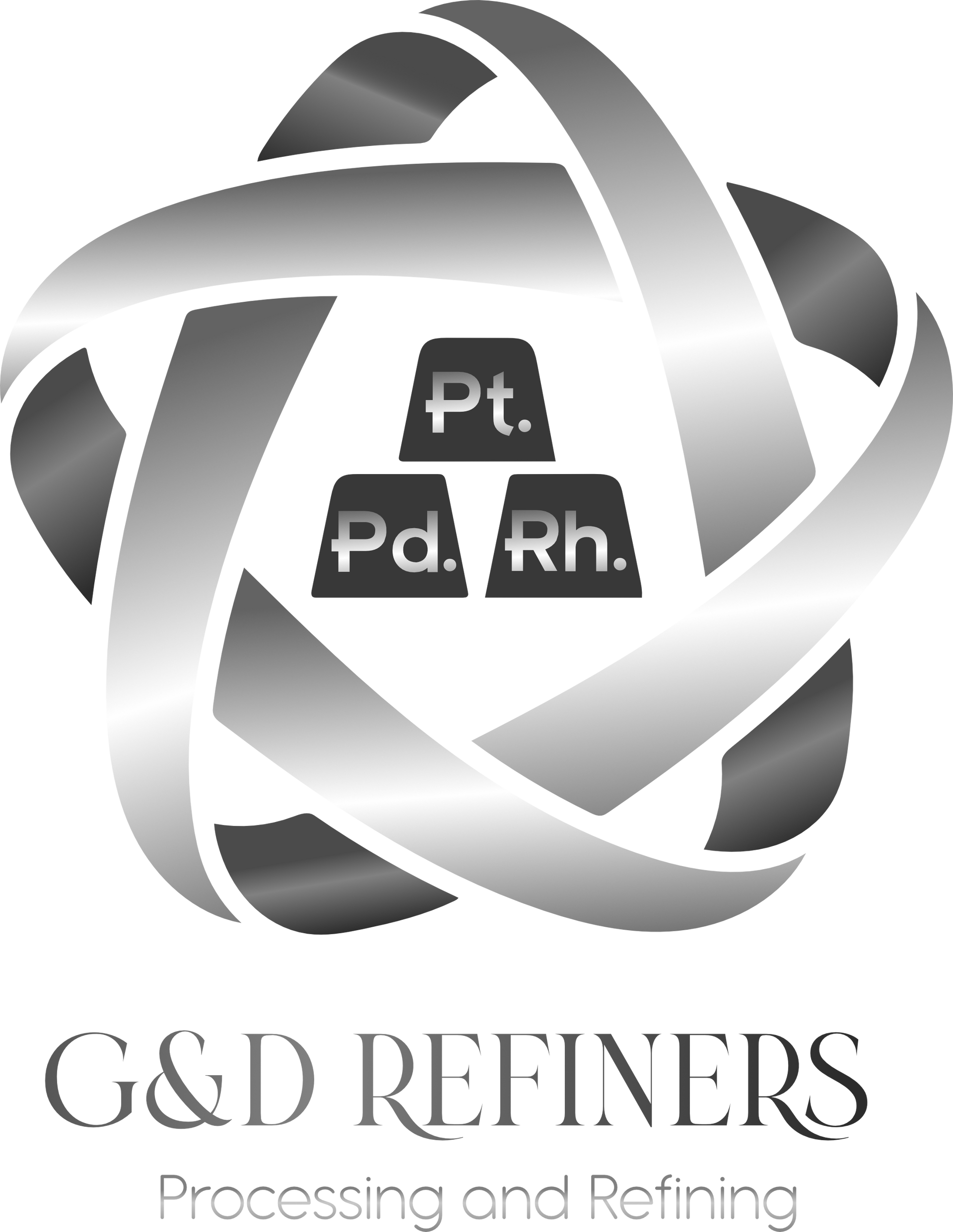What Are PGMs? Your Guide About Platinum Group Metals
If you want to know more about metals, you should answer the question, "What are PGMs?" Our guide explains what you need to know.
America runs on platinum. The United States imported 19,600 kilograms of platinum group metals (PGMs) in June 2021. They produced an additional 1,600 kilograms.
This may seem like a lot for such an obscure kind of metal. But you should learn a lot more about platinum group metals.
What are PGMs? What sorts of metal products can they make? How do scientists create metals and how do companies start manufacturing with metals?
Answer these questions and you can develop your understanding of these powerful substances. Here is your quick guide.
The Essentials of Platinum Group Metals
The PGMs are six transitional metal elements. All six metals share similar chemical compositions and physical characteristics.
They are among the densest metals, which also makes them rare. Yet they are versatile metals, and each one has its own uses for metal products.
All PGMs appear naturally in the earth's crust. But scientists can make each PGM through a chemical process.
Most processes involve taking a common metal and applying enough heat until it produces the PGM. All six metals can go through a recycling process. This allows manufacturers to reuse them for different products.
Platinum
Platinum is the most famous platinum group metal. It is a dense and stable metal, making it good for many different applications. Platinum is also a noble metal, meaning it resists acidic substances.
Many people know about platinum through jewelry, including wedding rings. Many jewelers like to use platinum because it has a high melting point.
But it is incredibly useful for medical applications. The human body can ingest small amounts of platinum along with compounds derived from platinum. Some pills used to treat cancer have these compounds in them.
Most supplies of platinum come through nickel and copper mining. Copper can go through electrolysis. This process sends electric currents through the copper, creating different byproducts.
Iridium
Iridium is the rarest platinum group metal. It is very dense, allowing it to resist corrosion and high heat.
Like platinum, iridium is compatible with the human body. This means that manufacturers have incorporated it into X-ray machines and microscopes. Components of spacecraft contain iridium to avoid damage in the vacuum of space.
Scientists can produce iridium through the electrorefining of copper, similar to platinum. In order to separate platinum from iridium, scientists have to run several steps.
They first create a solution by adding chemical compounds to the mix of metals. They then dissolve the mixture with powerful acids before adding additional chemicals like ammonium. These chemicals can pull the metals apart, allowing scientists to access the iridium.
Osmium
Osmium is the hardest PGM. This means that manufacturers mix it with other metals in order to mold it.
It is a good conductor of electricity, so some manufacturers include it in fuel cells. It can conduct oxidation, helping with different chemical reactions. Some pens contain small amounts of osmium in their tips to avoid collapsing in on themselves.
To produce osmium, scientists must continue to refine the solution that helps create iridium. They combine the solution with aqua regia, which is a mixture of different acids. Scientists can then pull the osmium apart from the other metals.
Palladium
Palladium is softer and more prone to melting than the other PGMs. This makes it a good catalyst. It is a major material in fuel cells, allowing hydrogen and oxygen to react in order to produce electricity.
It is also a major component of different types of catalytic converters. The metal allows the harmful gases in car exhaust to convert into substances like water vapor. You can find palladium in electronics and dentist tools, but it is most prominent in car parts.
Palladium can appear in several minerals and metals. Some nuclear fission reactors can produce trace amounts of palladium, though few people use these supplies.
Rhodium
Rhodium is a very rare metal. It often accompanies platinum and nickel, and the three metals are easily confused with each other.
Rhodium is distinct because it can resist acid and high heat. This makes it another good ingredient for catalytic converters. It mitigates acidic chemicals in car exhaust so they do not damage the respiratory system.
Scientists find the metal inside platinum ores. It is extracted through several steps before appearing as a white inert metal. Trace amounts are also present in the Earth's crust.
Ruthenium
Ruthenium is a hard and brittle metal. It is one of the more common PGMs inside of North America, though you can find it elsewhere.
It reinforces the other PGMs, preventing them from collapsing. As such, it is a common component in electronics.
It can also help with light absorption, making it a potential tool for solar cells. Scientists have not conducted much research into its effects on the human body. This means that it is rarely used in medical applications, unlike the other PGMs.
Scientists produce ruthenium through the same process as iridium and osmium. The metal does not dissolve inside aqua regia, so scientists can extract it with ease.
So What Are PGMs?
Many people have questions about platinum group metals. What are PGMs? They are rare metals that can resist high heat and dangerous acids.
What are some examples of PGMs? Platinum is the most prominent metal. But you can also find palladium and rhodium in a number of products, including in cars.
How do scientists process PGMs? They extract copper and other metals from the ground. They then process these metals in a number of means, combining them with electricity and acids.
You can help with PGM production. G&D Cats, LLC processes your catalytic converters. Contact us today.




